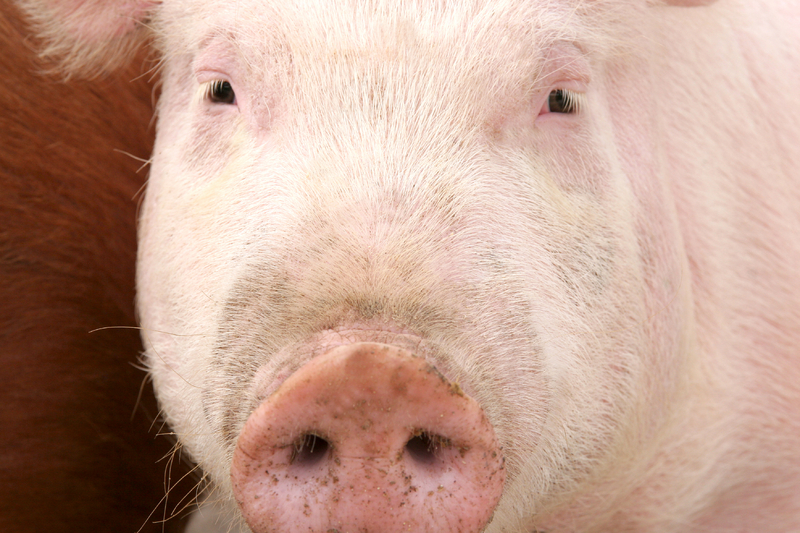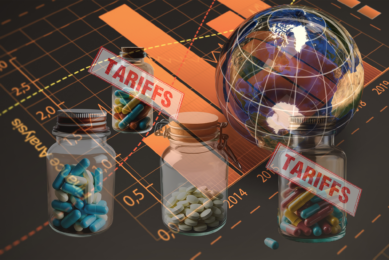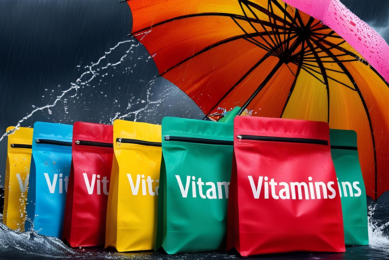Growth in organic trace mineral market

The global market for organic trace minerals for animal feed is expected to reach US$ 624.6 million by 2020, according to a new study by Grand View Research.
By Emmy Koeleman
The animal feed additives market has been steadily moving towards value driven, low volume speciality products, aimed at improving animal health and improving overall meat quality and yield. Organic trace minerals are used sparingly with respect to the overall feed volume and are formed by attachment of inorganic minerals with organic molecules such as amino acids and poly saccharides. The global organic trace mineral demand was valued at US$ 375 million (€275 million) in 2012 and is expected to reach US$ 624.6 million (€458 million) in 2020, growing at a CAGR of 6.7% from 2013 to 2020.
Zinc and iron most used
Zinc, iron, manganese, copper, cobalt and selenium are the major organic trace minerals which are widely used in animal feed. Zinc and iron, dominated the global organic trace minerals market, accounting for over 65% of total revenue in 2012. In spite of being added in small quantities, there is an increased preference towards organic trace minerals in animal feed over their inorganic counterparts. Higher bioavailability of organic trace minerals in comparison to their inorganic counterparts makes them ideally suited for use in animal feed. Bioavailability is defined as the rate at which a substance is absorbed by the animal. In addition, organic trace minerals are environmentally friendly due to the absence of inorganic material in animal excreta. Furthermore, a ban on use of antibiotics in animal feed by REACH and FDA since 2006 and 2009 respectively is also expected to drive the demand for organic trace minerals in animal feed industry.
US is market dominator
North America dominated the global market in 2012, accounting for 38% of total market revenue. Europe was the second largest market for animal feed organic trace minerals and generated revenue of over US$ 130 million (€95.3 million) in 2012. The demand for trace minerals in the region is also expected to grow at a steady CAGR of 6.9% from 2013 to 2020. The growth in meat production over the past five years along with various factors is responsible for the relatively high share and growth rate in the region. Europe is the world’s second largest producer of meat after China, and production is expected to increase over the next six years, particularly in parts of Eastern Europe. Most relevant markets, identified as attractive opportunities in the European feed additive market include carotenoid, vitamins, enzymes and organic trace minerals. China’s undisputed position as a global leader in meat production and consumption makes it a highly attractive market for organic trace minerals. Growing disposable income in the nation coupled with the growing need to consume meat as a source of protein is expected to drive the demand for organic trace minerals over the next six years. The Americas make up the largest exporter of meat product and hold a prominent share in the global market for organic trace minerals.
[Source: AllAboutFeed magazine Vol 22 nr 2, 2014]











